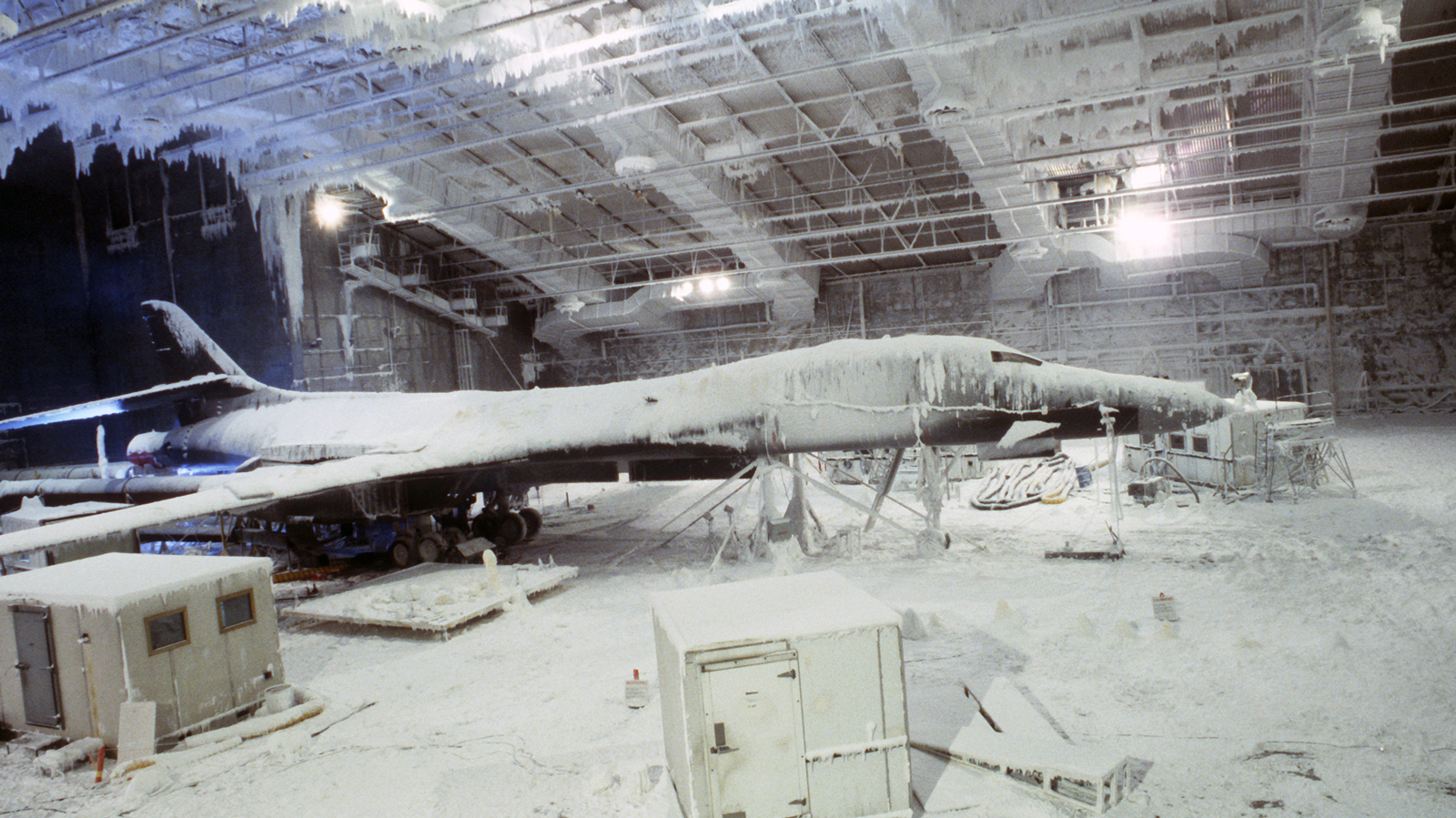SOURCE: RAUNAK KUNDE / NEWS BEAT / IDRW.ORG

The long-awaited dream of DRDO (Defence Research and Development Organisation) and HAL (Hindustan Aeronautics Limited) to establish an indigenous climate chamber test facility for fighter jets appears to be nearing fruition. This facility will be a game-changer for India’s domestic fighter jet development, offering a multitude of advantages:
Climate chambers can simulate a wide range of weather conditions, from scorching deserts to frigid high altitudes. This eliminates the need for time-consuming and expensive relocation of test jets to geographically diverse locations. Faster testing translates to quicker development cycles and earlier deployment of advanced fighter jets for the Indian Air Force.
Traditional weather trials involve significant logistical costs associated with transporting jets, personnel, and support equipment across the country. Climate chambers offer a cost-effective alternative, allowing for efficient testing within a controlled environment.
Weather is unpredictable, and relying on natural conditions can significantly delay testing schedules. Climate chambers enable year-round testing, irrespective of the season or prevailing weather patterns. This ensures consistent progress and uninterrupted development throughout the year.
Real-world weather conditions can be variable and difficult to replicate. Climate chambers provide a precisely controlled environment where specific weather parameters can be precisely recreated and manipulated. This allows for repeatable testing scenarios and facilitates in-depth analysis of jet performance under controlled conditions.
Extreme weather conditions can pose risks to both pilots and test jets during traditional trials. Climate chambers mitigate these risks by providing a safe and controlled environment for testing the performance and durability of jets under extreme conditions.
Climate chambers allow for the use of sophisticated data acquisition equipment. This facilitates the collection of precise and detailed data on jet performance across various weather conditions. This data is invaluable for engineers to refine designs, optimize performance, and ensure the jets are well-equipped to handle any environment they might encounter in real-world operation.
The establishment of a climate chamber test facility is a significant investment in India’s self-reliance in fighter jet development. It will expedite the development cycle, reduce costs, and ultimately lead to the creation of more advanced and robust fighter jets for the Indian Air Force.
NOTE : Article cannot be reproduced without written permission of idrw.org in any form even for YouTube Videos to avoid Copy right strikes. Websites doing illegal reproductions will get DMCA and Legal Notices.